There’s a fascinating history at Sisterdale Farm, a deluxe family ranch house set in 310 acres of countryside in the rural enclave of Boerne, Texas.
First inhabited by German settlers, the ranch was originally owned by Baron Ottoman Von Behr, an intellectual thought to be the first librarian in Texas – and his home became a staging post for many interesting pilgrims, not least of whom was the architect of New York’s central Park, Frederick Law Olmstead.
This rich history was front of mind when the current owners bought the property from Von Behr’s descendants and tasked eminent architect Don B. McDonald with reimagining the hotchpotch of tumbledown buildings into a luxurious family home.
Timeless craftsmanship
McDonald’s concept for the project was to create a ‘settlement’ of interconnected limestone buildings honoring the building’s heritage and the local vernacular, with hand-chiseled limestone walls, weathered silver-gray roof shingles, oversized bronze windows and a historically-accurate palette of just three core colors.
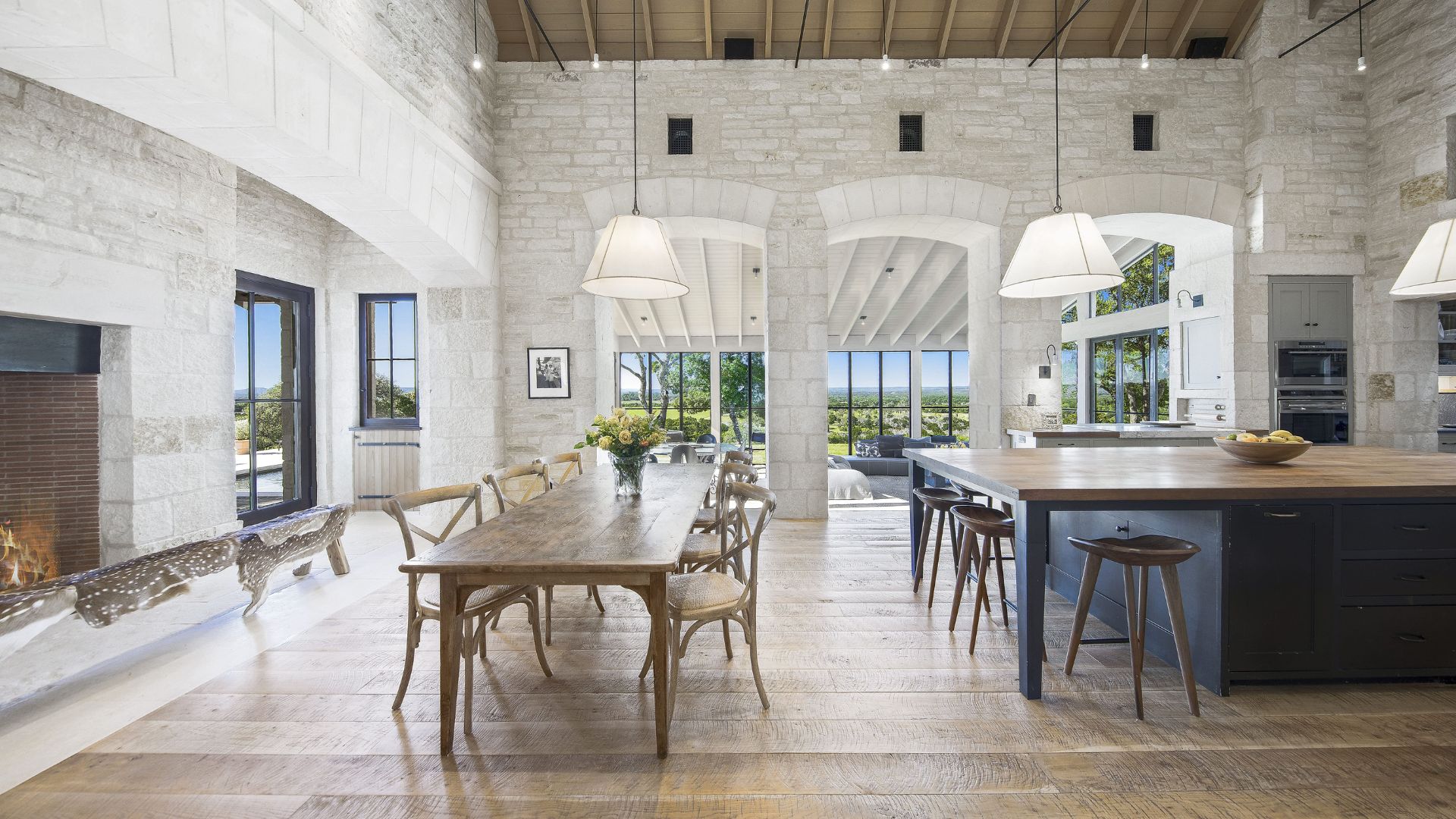
We were honored to provide flooring and wood panelling throughout this bespoke project, working closely with the design team to realize their vision for the future of such an historic home. Let’s take a closer look at the design brief, and our work on the project.
Distinctive character
A key aspect of the vision for Sisterdale was not only to blend the existing historic architecture seamlessly with the newly-built parts of the property, but to preserve and enhance its uniquely European character which represents a fusion of mid-19th Century German architecture with Romanesque, Gothic and Italianate features throughout.
The landscape beyond was also hugely influential in the design, with vast ground floor windows taking in 360-degree views of rolling countryside and the cypress-lined banks of the Guadalupe River. Then of course there was the historic function of the house – as a working ranch turned deluxe family home, a careful balance between rustic utility and contemporary style had to be struck.
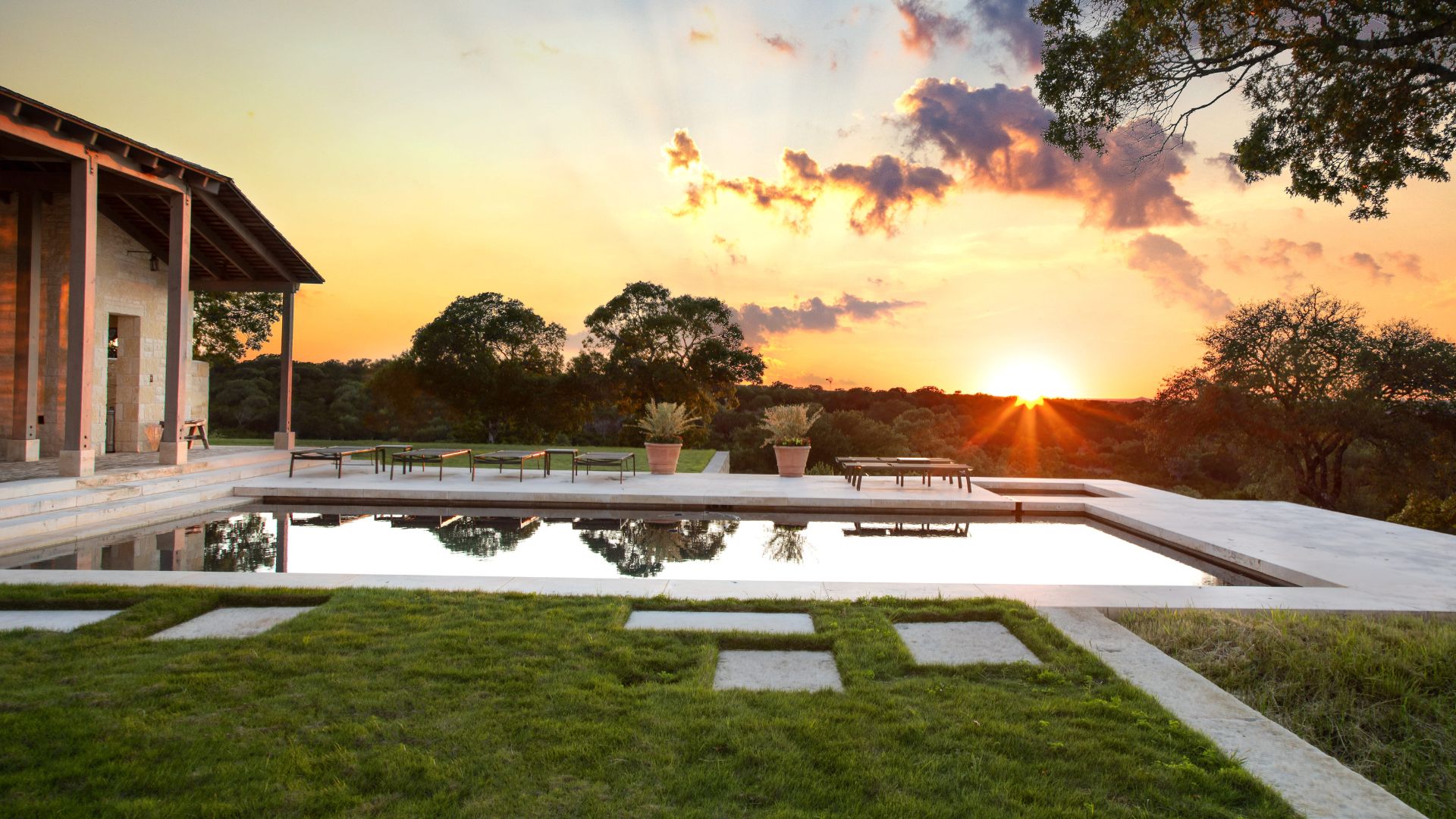
Custom flooring design
It’s no exaggeration to say that flooring was key to the success of the interiors on this project, with the unique ability to speak to each distinct influence, from history to landscape and function. Working in conjunction with the architect, we gave careful consideration to the species and type of flooring to use for the most authentic look and feel throughout the property, while also achieving a practical outcome for modern, family living.
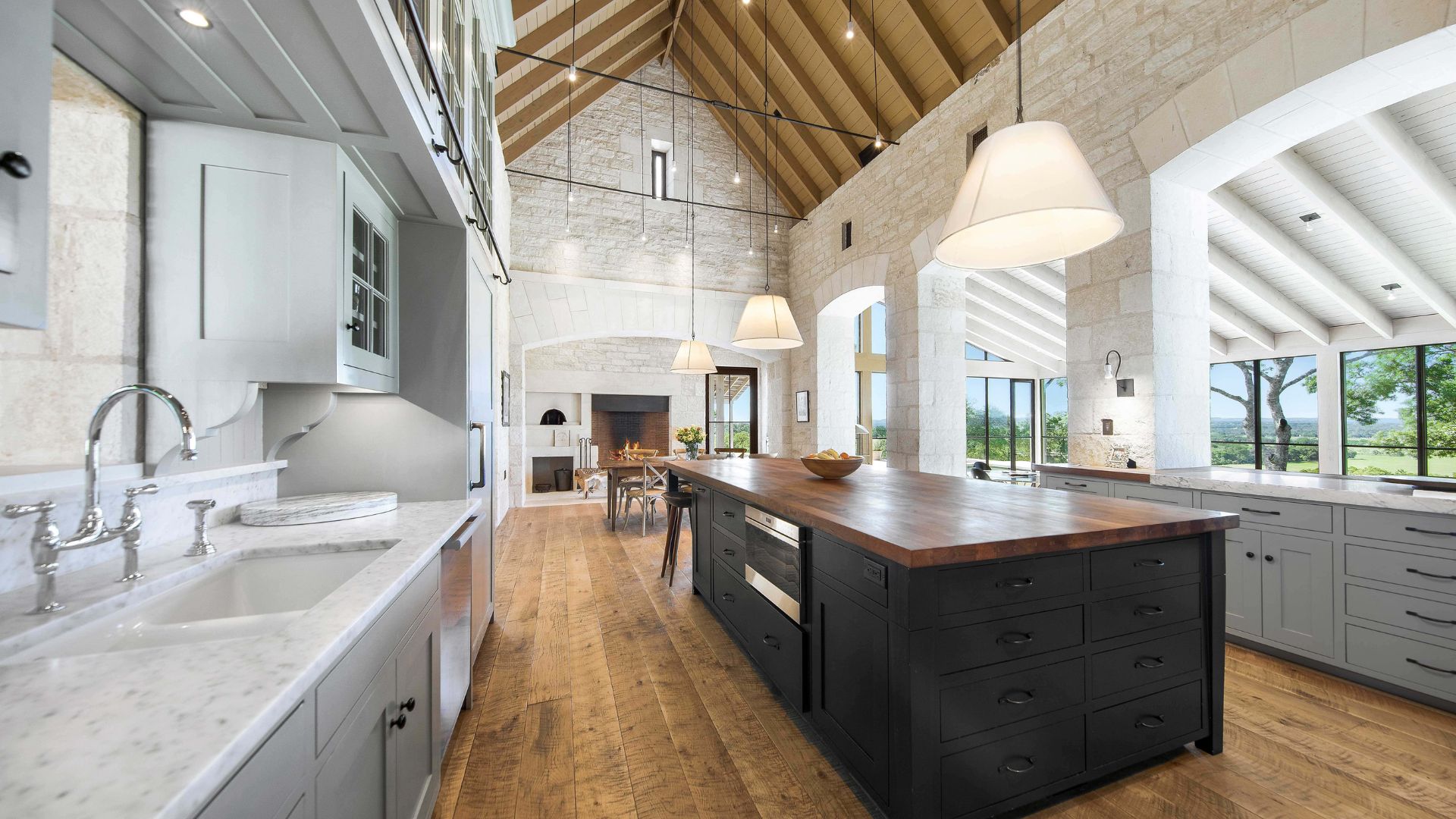
Flooring profiles included:
Reclaimed wide plank long leaf pine
Native to the southeastern US, long leaf pine is found in vernacular architecture throughout Texas and as such, was an obvious choice for Sisterdale. We sourced reclaimed, wide plank long leaf pine for the project, with its muted tones sitting perfectly within the desired color palette for the property overall, and lots of original character evoking a sense of history.
This flooring was laid in the kitchen-dining area on the ground floor of the property, where it forms an innate connection to the rolling landscape beyond, and also in the property’s curious hexagonal library – a nod to Von Behr’s bibliophilia – where the pine planks are laid in a hexagonal formation, which means they had to be custom milled to perfectly fit the space.
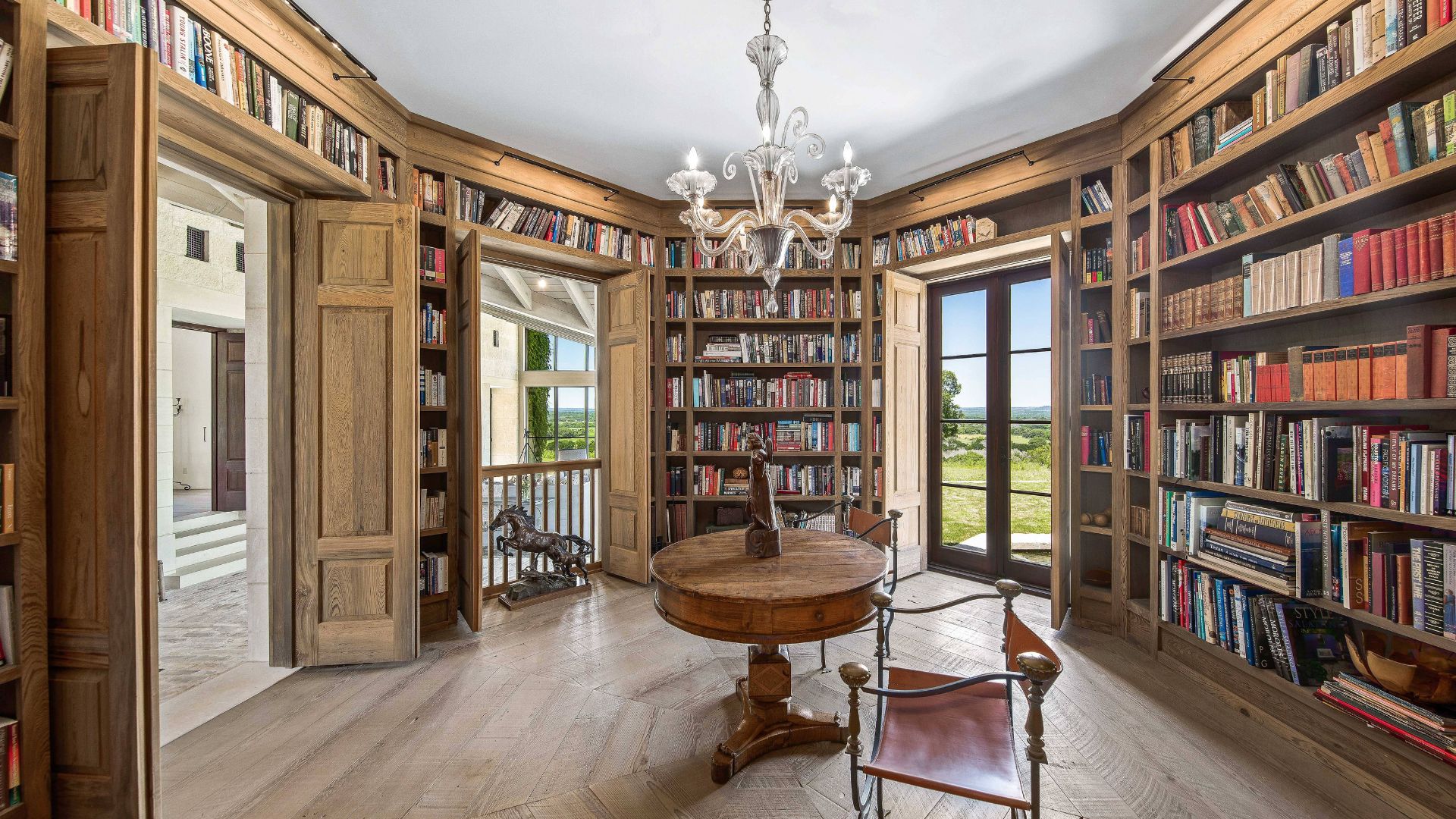
Circular sawn new white oak
Our Victoria wide plank flooring was used for more intimate areas of the property, including the astonishing master suite with views over rolling fields and the adjacent walled garden.
With a circular sawn texture added and the flooring painstakingly finished on site, the result is an extremely durable floor infused with character that stays true to the building’s American and European heritage.
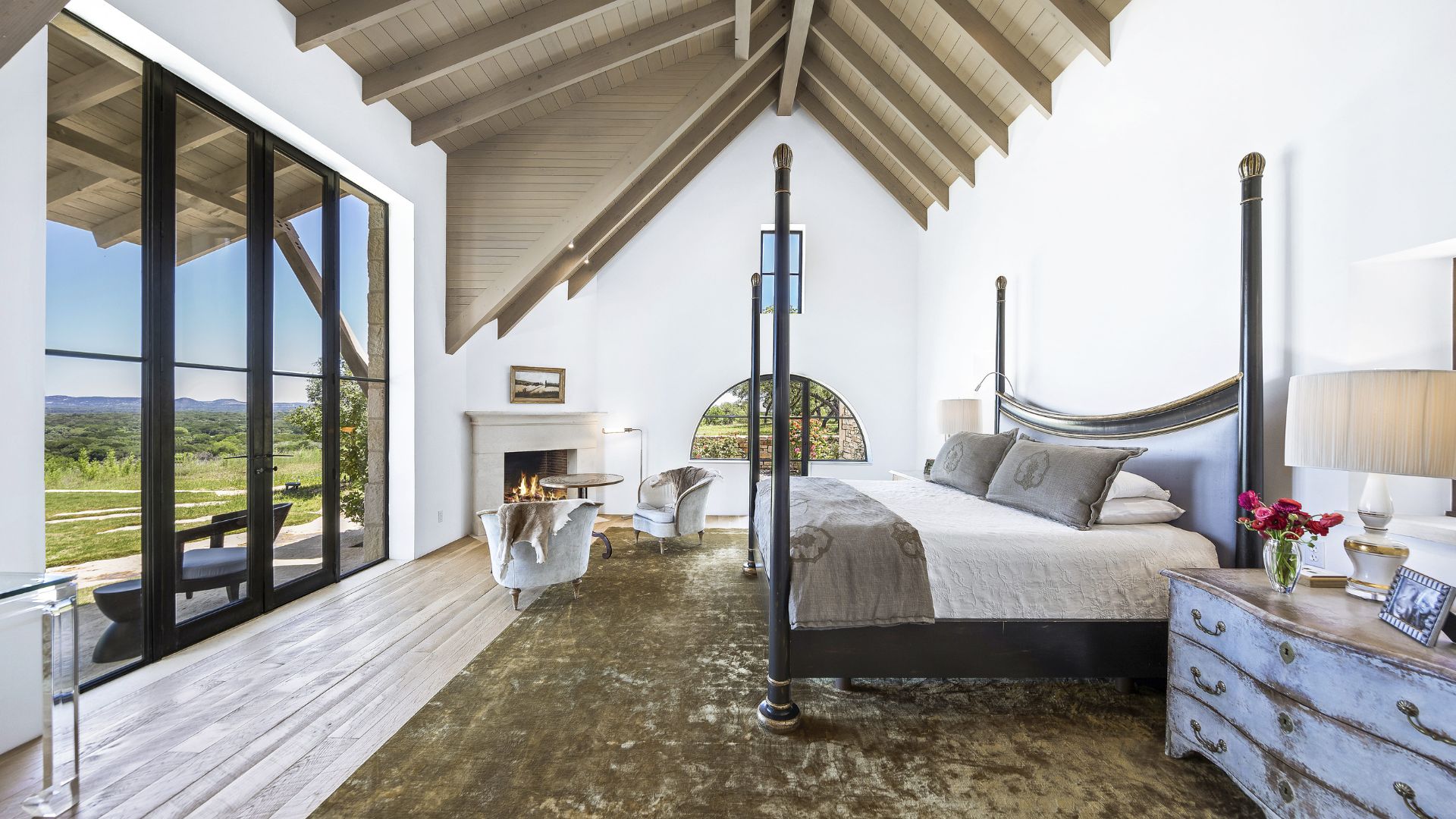
Building in character
As well as luxury wood flooring, we were tasked with supplying wood products for use elsewhere at Sisterdale, most notably for the wood panelling that graces almost every plain ceiling or wall in the building, giving the interiors a distinctively soft, handcrafted feel and negating the need for ‘décor’ in its conventional sense:
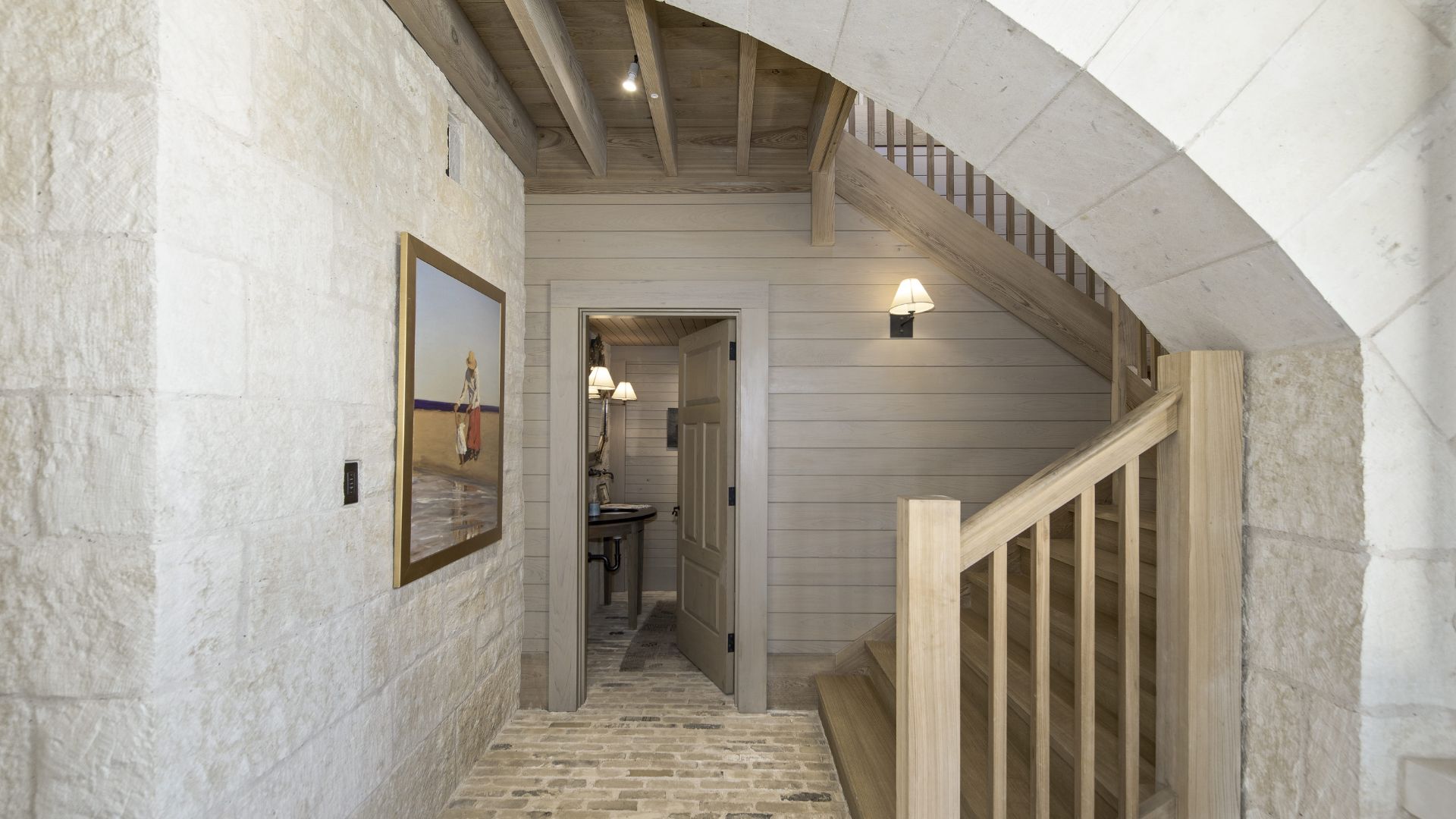
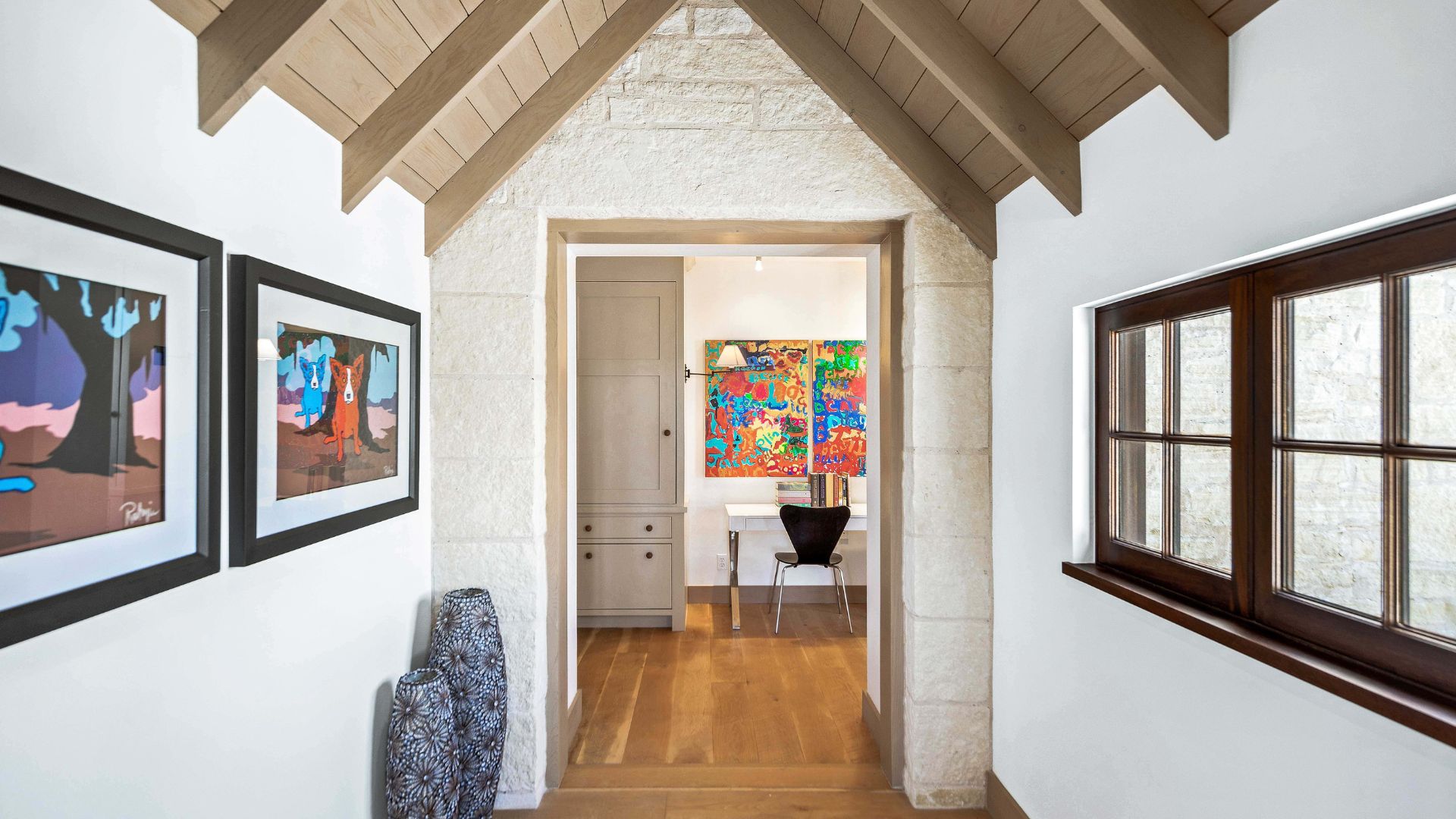
Cypress panelling
Cypress trees grow abundantly on the Sisterdale site, lining the banks of the Guadalupe River. This wood is prized for its strength to weight ratio and extreme resistance to rot and decay, making it an ideal choice for the wall and ceiling panelling and millwork installations throughout the ranch.
Simple tongue and groove boards painted in soft hues add texture and softness to key areas throughout the property, which is devoid of strong color or pattern with the exception of many beautiful artworks, and carefully selected soft furnishings.
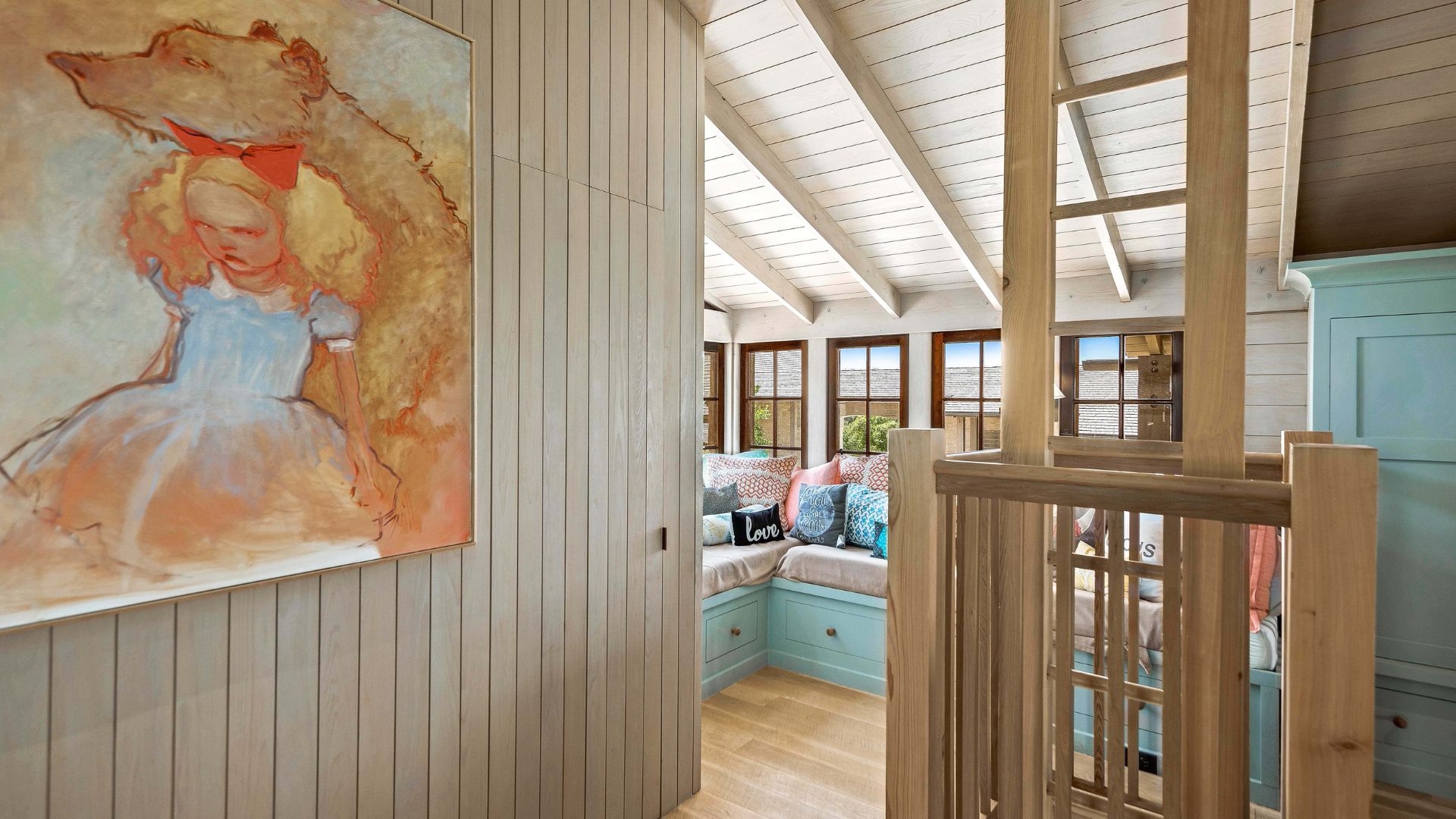
Sinker Cypress Millwork
Supreme integrity and attention to detail is apparent in every aspect of the Sisterdale project, so when it came to the millwork and cabinetry for the property’s library, pantry and other utility spaces, the decision was made to use a quintessentially American – and innately rare – material in the form of sinker Cypress.
This wood was typically harvested in the 1800s and would have been transported by river in the form of floating ‘rafts’ to the nearest sawmill. But many logs sank into the depths of the rivers and swamps, where they were preserved by cold water for many years before being recovered, dried and milled. The length of submersion and mineral levels in the water gives each ‘sinker’ unique aesthetic characteristics, while this wood in general is prized for its exceptional stability, making it ideal for artfully detailed millwork and furniture craftsmanship.
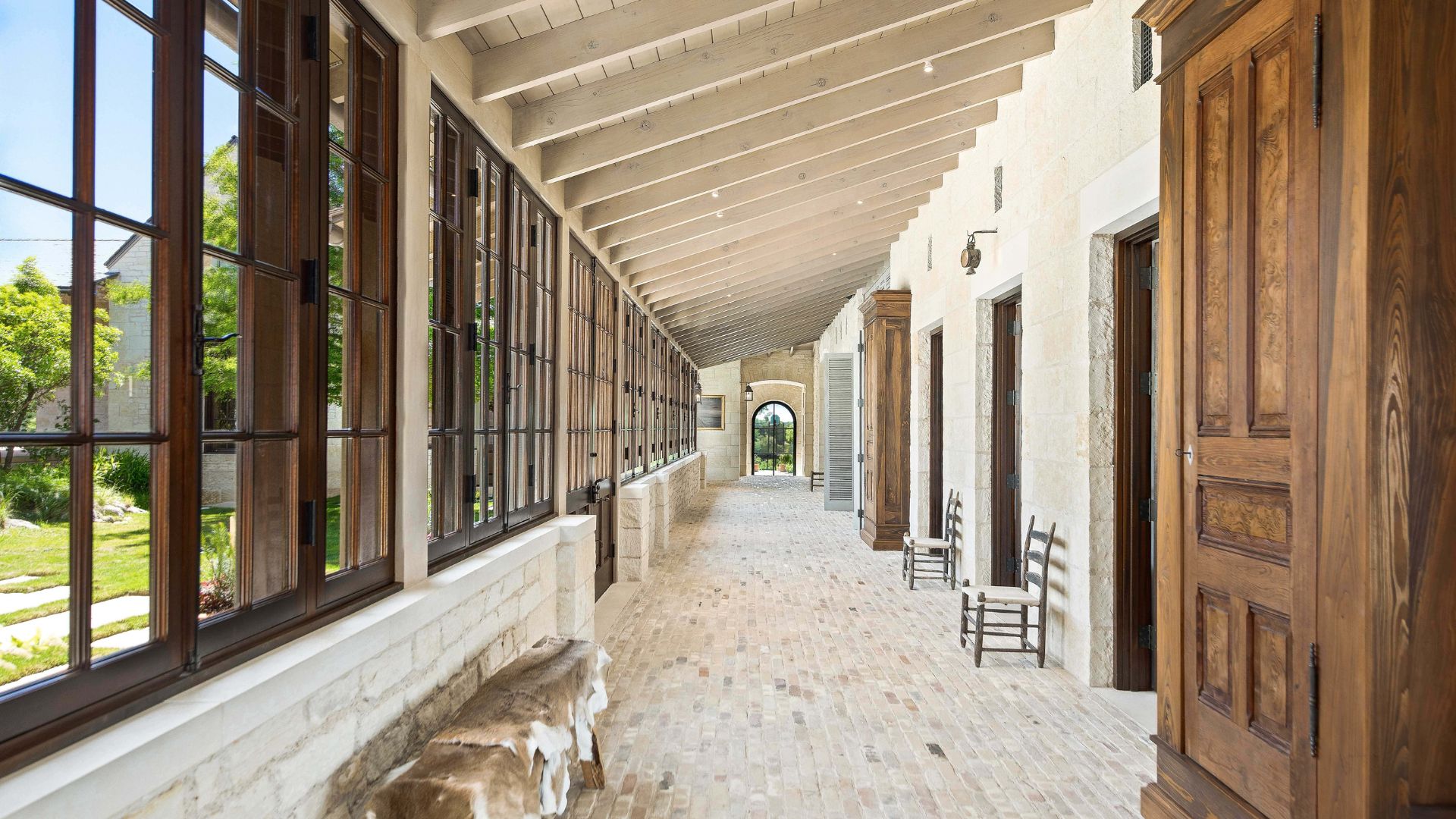
Designed for the ages
It’s a while now since this project was completed but we return to these images time and again; the timelessness of the design means that Sisterdale today is as captivating as it was when first renovated, and indeed, when it was written about by those traveling intellectuals in centuries gone by.
If you’re in the planning stages for a heritage or restoration project and would like to discuss the options around reclaimed or new wood flooring and panelling, our team would be delighted to help – simply get in touch.